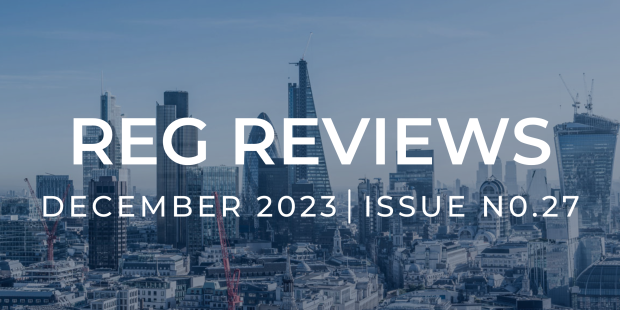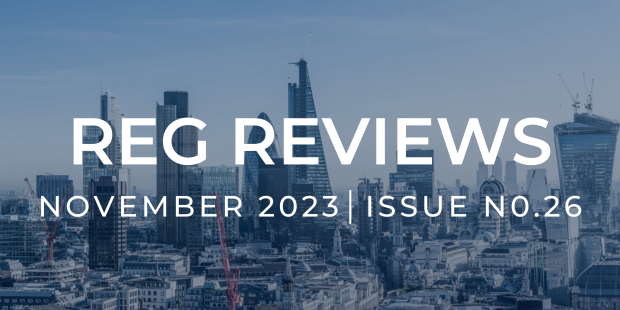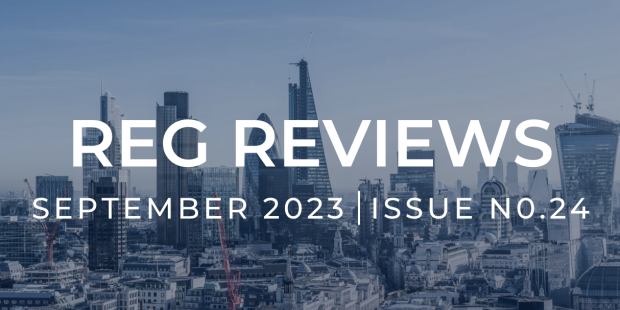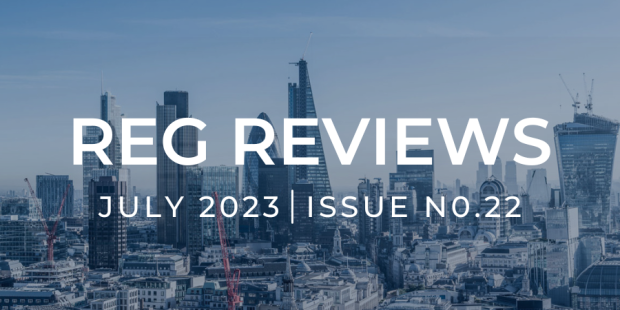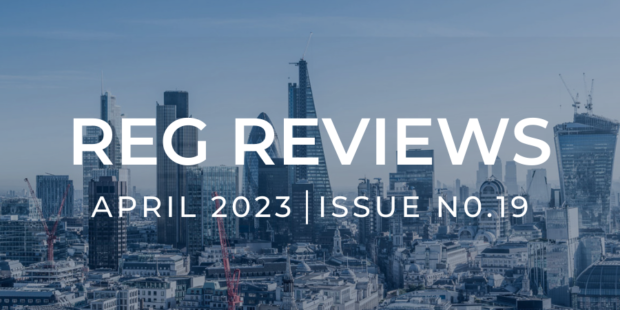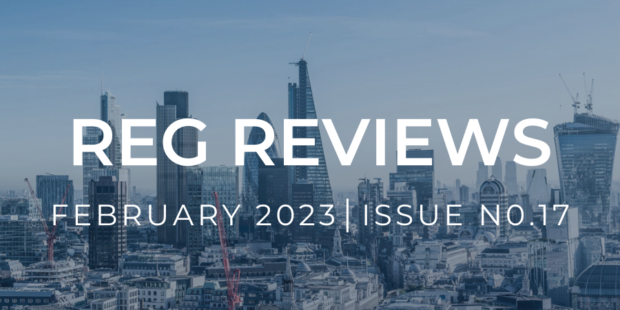The European Banking Authority Chair announced an in-depth exploration by EU regulators into the interconnections among banks and various financial entities, such as hedge funds, citing escalating concerns about potential contagion arising from strains in the broader system.
José Manuel Campa emphasised the necessity for increased regulatory actions, stating; “There is room for enhancement, and we are committed to undertaking more.”
He stressed the importance of regulators gaining insight into the entire underlying structure of non-bank financial institutions (NBFIs), encompassing hedge funds, private capital firms, and cryptocurrency groups.
NBFIs, occasionally referred to as alternative banks, command nearly half of the globe’s financial assets, estimated at around $218 trillion. The sector burgeoned after a series of post-crisis regulations pushed certain activities beyond the conventional banking sector, while other areas expanded beyond the scope of regulators, such as the cryptocurrency domain.
Following the 2020 rush for liquidity, where the widespread divestment of stocks, bonds, and other high-risk assets triggered market turmoil and central bank interventions, and the 2022 crisis in the UK gilt markets, regulators have sounded the alarm regarding risks in the non-banking sector. These risks include substantial wagers by hedge funds on US Treasuries and private capital’s vulnerability to escalating interest rates.
Campa detailed that the European Banking Authority (EBA), responsible for biennial stress tests on European lenders, would collaborate with the European Systemic Risk Board and Financial Stability Board to cultivate a more profound understanding of how a shock to shadow banking would permeate the broader system. The ESRB serves as the financial stability watchdog for the eurozone, while the FSB oversees global financial stability.
Campa conveyed that the EBA had already conducted evaluations of banks’ balance sheet exposures to non-banks, encompassing loans.
“These are only the direct connections,” Campa mentioned in an interview with the Financial Times.
“The challenge lies in how it translates into the banks… We are in the early stages, but comprehending that is at the heart of the objectives of the ESRB and FSB.”
Indirect connections involve assessing whether banks could suffer from a sharp devaluation of assets favoured by NBFIs, such as treasuries or real estate, if the latter group were compelled to divest these assets.
Campa proposed that enhancing the understanding of these issues could be facilitated by establishing “substantial minimum reporting areas,” providing regulators with transparent data on critical non-bank exposures.
“In this situation, the initial step is always information gathering; it’s a sector shrouded in obscurity where data quality is not uniform,” he stated.
Furthermore, Campa rebuffed European banks’ efforts to secure a six-month extension to the latest global bank capital reforms aligning the EU with the US and UK.
“The regulation stipulates January 2025, so naturally, they should be formulating plans for implementation by that date,” he remarked regarding the final Basel package, whose implementation continues to be a contentious topic in the US nearly two years after the initially planned start date in January 2022. “We cannot afford further delays.”
He emphasised; “I don’t believe there is a compelling argument that, to maintain a level playing field, we must all implement on the same date.”
Campa also displayed little sympathy for EU banks advocating for lawmakers to relax a post-crisis bonus cap after the UK recently abolished the measure.
“The crucial aspect is ensuring that these banks assure us that these bonuses are firmly integrated into the risk management of the institutions,” he added, echoing recent statements from Elizabeth McCaul, a member of the ECB’s supervisory board.















